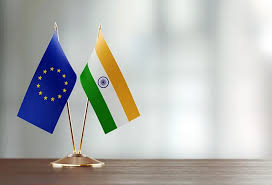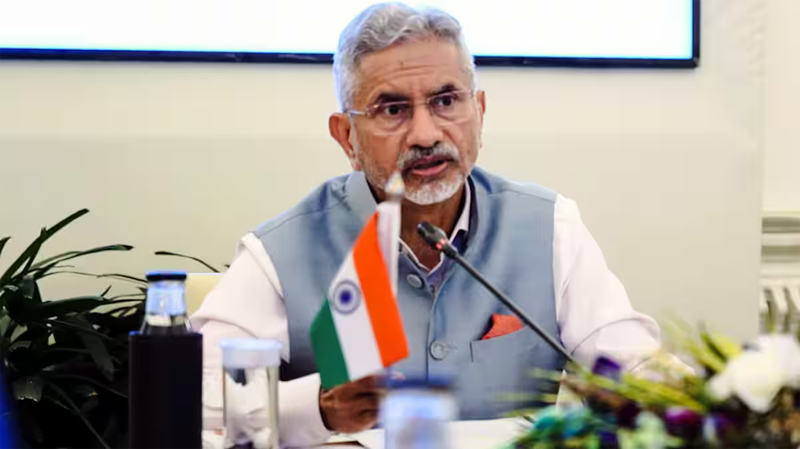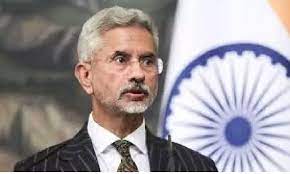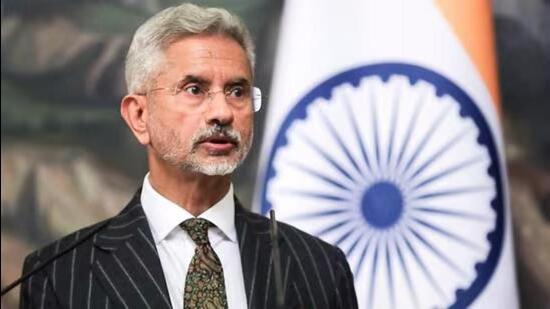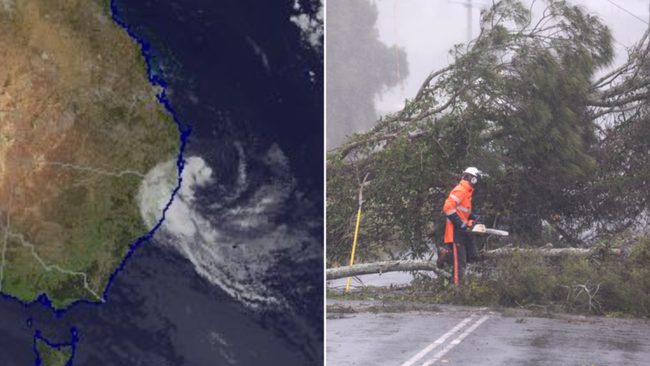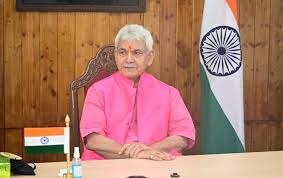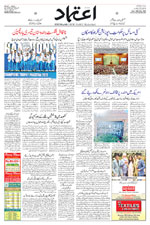Two out of three Indians drink adulterated milk with detergent, paint
Fri 18 Mar 2016, 11:50:52
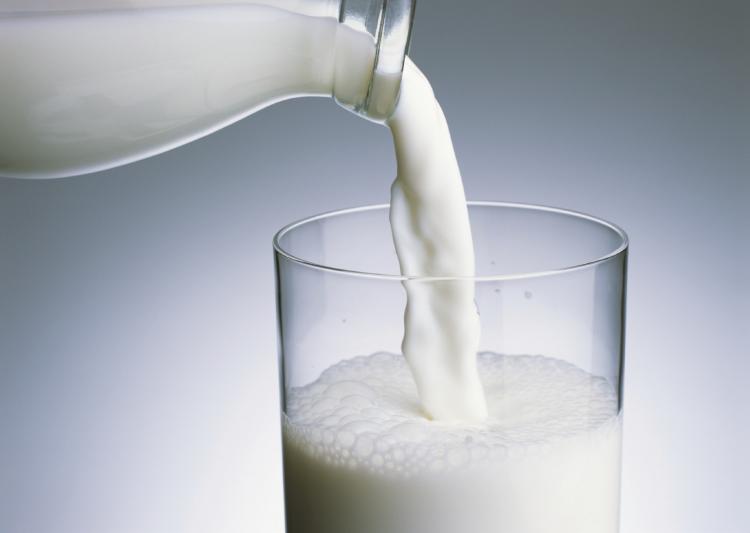
Two out of three Indians drink milk laced with detergent, caustic soda, urea and paint, union minister for science and technology Harsh Vardhan told the Lok Sabha on Wednesday, underscoring the country’s struggle with adulteration of food items by unscrupulous traders.
Vardhan said over 68% of the milk sold did not conform to standards laid down by India’s food regulator FSSAI, quoting figures from a nationwide survey conducted by the agency in 2011.
The statement is likely to spark an outcry in the world’s largest milk producer, where the drink is used for religious rituals and is a cheap source of protein for millions of vegetarians.
Last year, a US government report projected an increase in fluid milk consumption by 5% to reach 62.75 million metric tonnes in India in 2016 based on population growth.
“The adulterants added are very hazardous, and could cause serious diseases. Since milk is commonly consumed
in everyday diet, the issue is of grave concern,” the minister said in Parliament.
in everyday diet, the issue is of grave concern,” the minister said in Parliament.
A new scanner that can detect adulteration in milk in 40 seconds and identify the adulterant will help in testing milk for safety, he said.
Until now, a separate chemical test was needed for each adulterant, which was expensive and time-consuming.
The first-of-its-kind technology has been developed by the Central Electronics Engineering Research Institute in Rajasthan’s Pilani town.
“The innovation represents the first fully Indian concept towards implementation effort in the instrumentation related to milk and dairy, addressing an unmet need,” he said.
The minister was replying to questions on whether a new technology to analyse and detect adulteration in milk has been developed by the institute and whether any survey or study was commissioned to determine the availability of adulterated milk in the market.
No Comments For This Post, Be first to write a Comment.
Most viewed from Specials
Most viewed from World
AIMIM News
Delhi Assembly polls: Owaisi leads Padyatra in Okhla
Feb 01, 2025
We reject this Waqf Amendment Bill: Asaduddin Owaisi
Jan 30, 2025
Latest Urdu News
Most Viewed
May 26, 2020
Which team will win the ICC Men's Champions Trophy 2025 held in Pakistan/Dubai?
Latest Videos View All
Like Us
Home
About Us
Advertise With Us
All Polls
Epaper Archives
Privacy Policy
Contact Us
Download Etemaad App
© 2025 Etemaad Daily News, All Rights Reserved.




